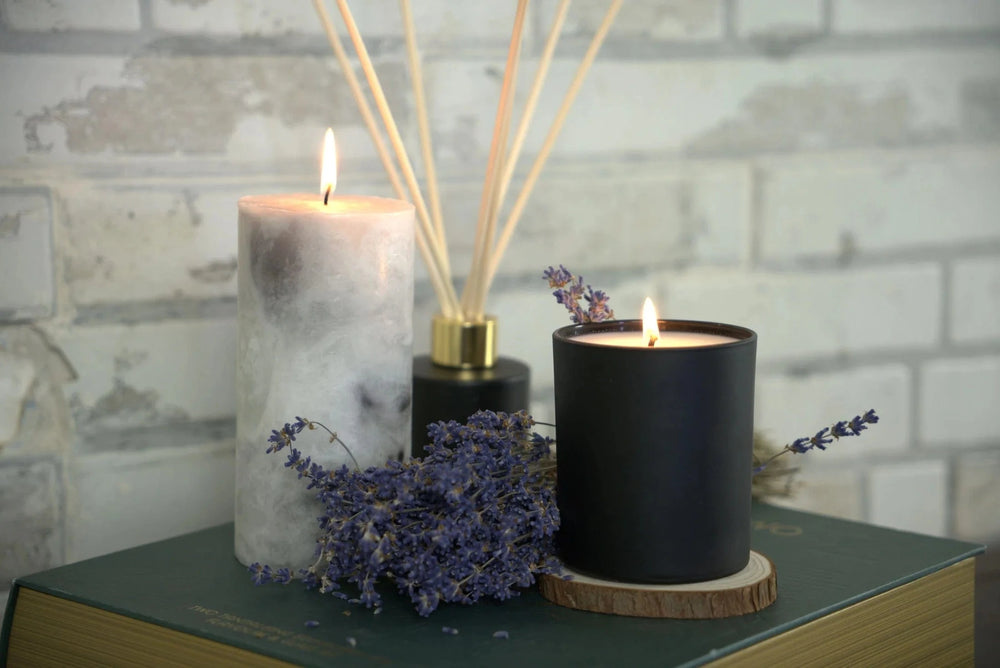What is sweating?
In candle making, sweating refers to beads of liquid oil appearing on the surface of a candle. It is caused by the expansion and contraction of wax crystals, which can squeeze oil out of the body of the wax, making it visible on surfaces.
Why does sweating occur?
There are five main reasons why a candle may have liquid on the surface. The first is that there may simply be too much fragrance or essential oil mixed into the wax. This means that there is insufficient space between the crystals to retain the amount of fragrance oil added.Second, sweating may be a characteristic of the wax itself. Many plant waxes are a blend of fully and partially hydrogenated oils. If cooled incorrectly (too slowly), low melt point ‘alpha’ crystals can form and sit on the surface of the wax as a liquid or slurry. These fat oils can also displace fragrance oils, as there is insufficient space for additional liquids amongst the crystals.Third, rapid changes in temperature can cause sweating, especially when moving a candle from a cold location to a warm location.This can also happen if the oil is added when the wax is too cool, or if the wax/oil is not properly mixed. In this instance, the wax and oil do not form a homogenous mixture and the distribution of fragrance will vary throughout the candle.Finally, if the fragrance supplier has little experience in candles, their fragrance oils may contain components that are insoluble in your wax. This can be the case when fragrances were developed for other products (i.e. cosmetic products), as fragrances rarely work well in multiple products and should be fine-tuned for the end application.
How to avoid sweating?
- Fragrance load reduction
One of the first steps you can take is to check the wax manufacturer’s fragrance load recommendation. This will be unique to every wax type. As a rule of thumb, however, we would recommend keeping your fragrance load to 6-10%, although some fragrances can be added at up to a 12% load in waxes. Experimentation and testing are key.
-Buy quality fragrance oils, optimised for candles
All Candle Shack oils are developed primarily for use in candles and are subjected to rigorous stability and performance testing. Be cautious if buying fragrance oils that are provided by generalist craft supply businesses, claiming their oils work well in candles, soaps, bath bombs, carpet fresheners, face creams etc. It is extremely unlikely that they will have been properly tested, if at all; especially if they have hundreds of oils.
- Temperature control
Keep a moderate and constant temperature during storage and avoid prolonged storage at elevated temperatures. As a general rule, we would recommend storing your candles at a temperature of 18°C to 25°C. Likewise during production, allowing plant-based candles to cool at ambient temperature will minimise separation vs. attempting to slow the rate of cooling too much.
- Switch waxes
Fragrances react differently and have different solvability in different waxes. By switching waxes, you can try to find one that works well with your chosen fragrances.


